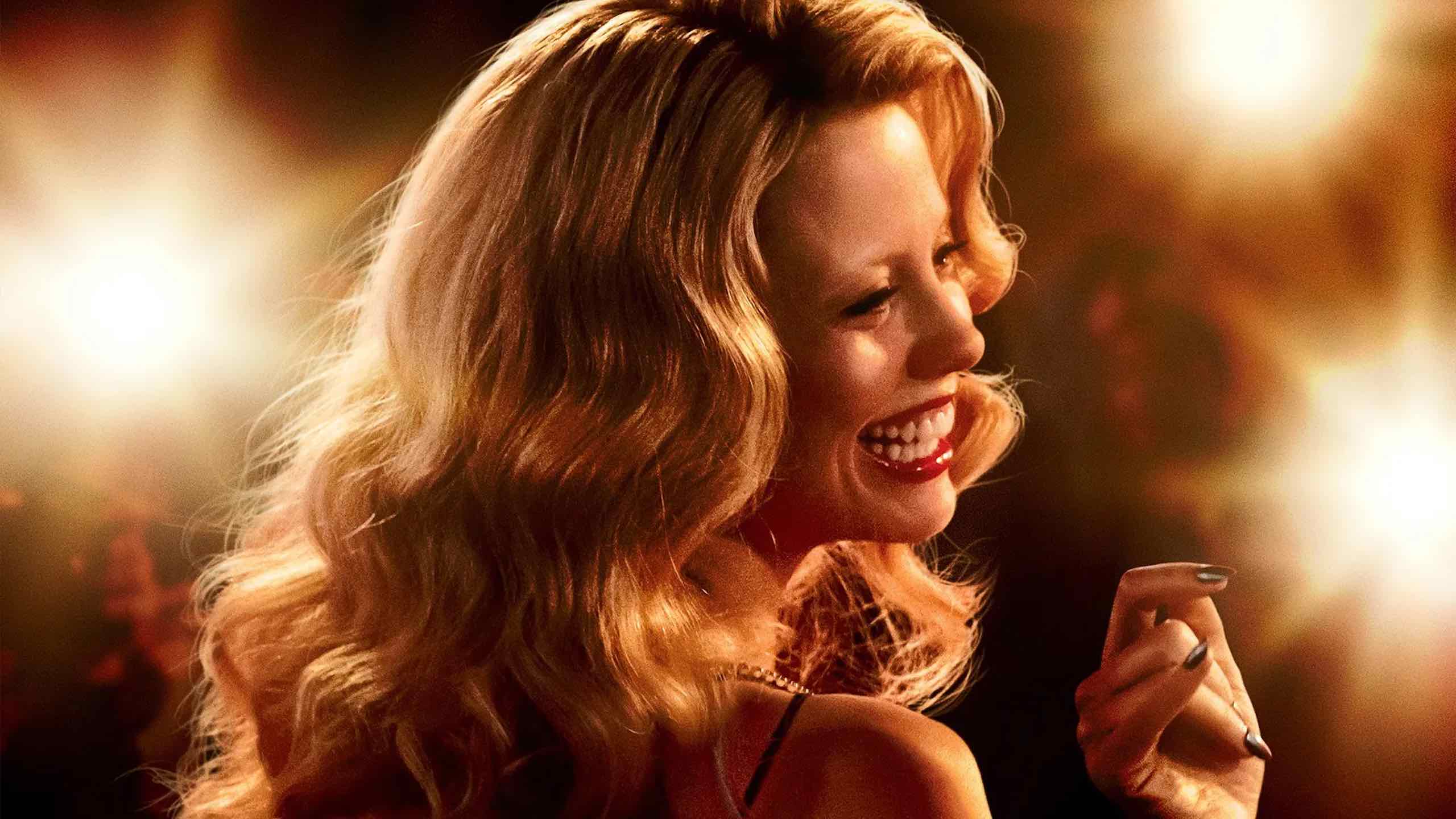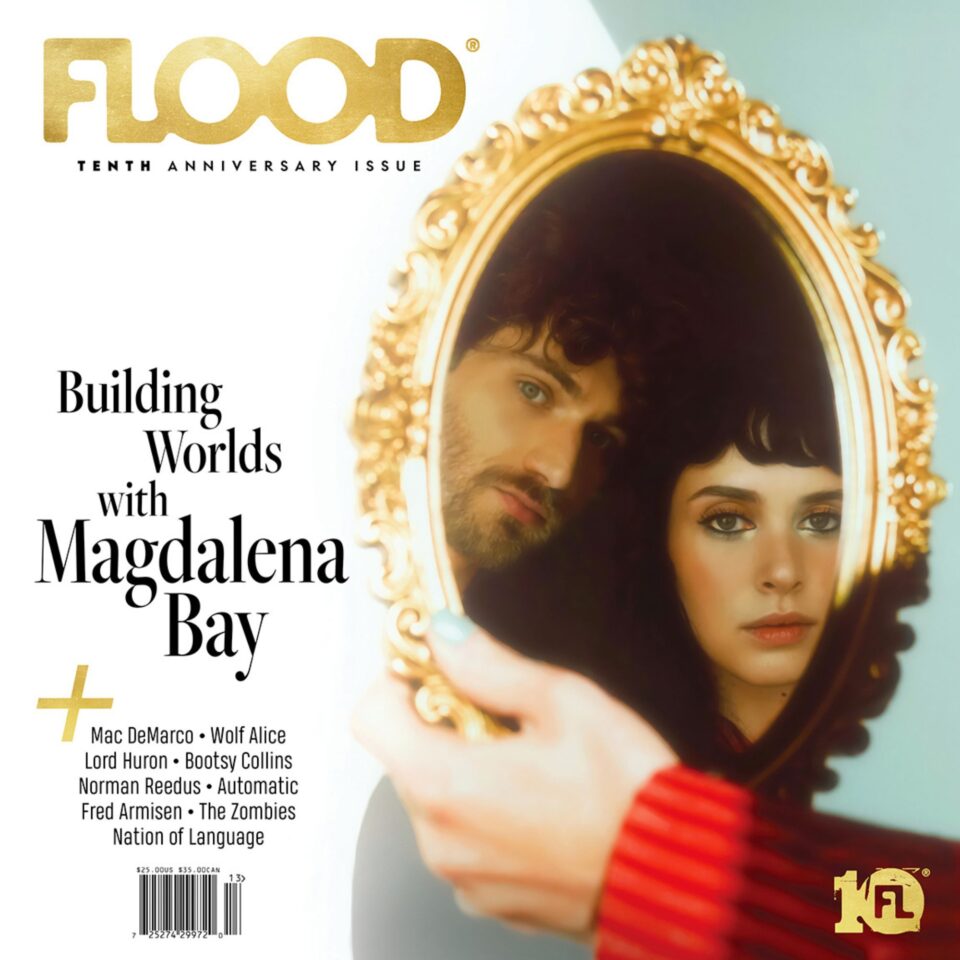Within an industry saturated with flimsy sequels brandishing plot lines thinner than John Waters’ mustache, MaXXXine emerges with guns figuratively and literally blazing. The final installment of a deviously delightful triptych from writer, director, and producer Ti West, the film’s cinematic lineage lies somewhere between horror, neo-noir, action, and grindhouse. It’s steeped in Hollywood nostalgia while sharing some meta dark-comedy DNA with films like Scream, though it has significantly deeper layers of meaning for viewers to contend with—think Carrie meets Heat meets Chinatown meets Evil Dead. There are moments of grotesquery, spectacle, and levity, but most importantly, it’s damn fun to watch.
Alongside the two previous films in the series, 2022’s X and Pearl, MaXXXine completes the first trilogy for A24. Spanning seven decades, the universe West explores weaves together three distinct films with evergreen themes of aging, desire, sex and exploitation, ambition, censorship, loneliness, voyeurism, and the aftermath of trauma. “The connective tissue of these movies was cinema and how cinema affects people,” West explained during a Q&A after an early streaming of the film in LA. If he considered X a subtle salute to filmmaking, MaXXXine is an undisguised—albeit loving—dissection. West, alongside Mia Goth (the star of all three films, as well as co-writer of Pearl and producer of both Pearl and MaXXXine), seems to be spearheading the reclamation of horror as a female space of complexity and play.
The storyline of MaXXXine’s titular character, played by the beguiling chameleon Goth, officially begins in X. Set in rural Texas at the tail end of the 1970s, this movie chronicles a group of young filmmakers who set out to shoot a dirty movie at a farmhouse rented from an eerie elderly couple. When things take a nightmarish turn, Maxine emerges as the sole survivor of the porn shoot turned blood bath by vanquishing her aged assailant (also played by Goth). While X is an oft-noted homage to Texas Chainsaw Massacre and slashers more generally, Pearl is something different altogether. This prequel, set in 1918, chronicles the life of X’s antagonist and the film’s namesake. It’s a villain origin story of sorts that ruminates on female ambition, the want for fame, and the limitations of time. Perhaps tangentially necessary to say, it’s my firmly held belief that Pearl walked (dry-humped a skeleton) so that Oliver in Saltburn could run (strip and penetrate the soil of a freshly dug grave).
MaXXXine builds on these themes while expanding on the lore of Goth’s cinematic persona as a scream queen. The relative simplicity of storytelling in X and Pearl is kicked up several notches for MaXXXine. The small-farm rural setting in the proverbial sticks is traded in for the duplicitous, chaotic, big-city backdrop of Los Angeles. In addition to this substantial growth in scope, there are allusions galore and easter eggs a-plenty for those who like a bit of referential cult cinema. Some are heavy-handed (there’s some running around the Psycho set), although bookending the film with odes to the force of nature that was Bette Davis was appreciated by this viewer.
When the film begins, it’s been six years since we last saw Maxine; it’s now 1985, and we’re smack dab in the middle of the Night Stalker killings in and around LA. The good news: our girl made it to the City of Angels; the bad news: death still looms heavy around her. After landing a leading role in a “real” movie (i.e. not porn), the rising action begins: Maxine is plagued by grisly memories of her past, has a persistent cocaine habit, and will passionately “not accept a life that [she] does not deserve.” She’s harassed by religious zealots of the satanic panic variety and those denouncing her “deviant” behavior. Men frequently compliment her adult film performances, though she coolly brushes them off. She’s in the belly of the beast, baby, the cult of Hollywood.
Maxine is our Lone Ranger. She’s not particularly likable, nor does she allow herself to become a victim of circumstance. She’s selfish and fearful and confident all at once.
While Maxine is arguably less dynamic when compared to the nuanced development and murderous mental instability of Pearl, she’s our enigmatic antihero and we stand by her cowboy-esque façade regardless. She’s a reluctant protagonist, a loner who’s perhaps egocentric in her tunnel-visioned pursuit of stardom, but she’s ultimately the only one who can stop the film’s killer. In the array of countless meta moments doled out by West, our fictional director notes that the female lead in her movie is a “a killer, but not a villain,” and a cross between “Clint Eastwood and Charlie fucking Bronson.” Maxine is our Lone Ranger, and Goth provides a magnetic performance. She’s not particularly likable, nor does she allow herself to become a victim of circumstance. She’s selfish and fearful and confident all at once.
Like X and Pearl, the newest film confronts the stigma of aging in the industry. This subject is reflected within the feature’s casting choices as well—an ensemble which notably includes some seasoned icons who’ve still got it. Kevin Bacon is John Labat, the sleazy, slippery private detective from the bayou with gold-plated canines. National treasure Giancarlo Esposito steals any scene he’s in as Maxine’s agent, entertainment attorney and father figure Teddy Knight. West also chose to work with a few musicians in the trilogy (he previously featured Kid Cudi as the hung hunk in X). Moses Sumney shines as Maxine’s friend, Leon, who runs a video rental store beneath her apartment. And although I wish she had a meatier role, Halsey holds her own with a Jersey accent that even Joe Pesci wouldn’t be able to fuhgeddaboud.
It can be argued that the setting itself is also a starring character in West’s picture. Visually, MaXXXine is an incredibly LA movie, down to the absurd Eyes Wide Shut–like parties in the Hills. It’s both the dark underbelly, lit by neon signs, streetlights, and headlights, as well as the dull Universal Studios Hollywood lot. West tips his hat to the neo-noir genre in both the film’s moody lighting and atmospheric sounds—saxophone solos and ambient noises of a big city. The cinematography is polished with some traditional 1980s action movie shots and occasionally looks like it walked off the set of Lethal Weapon.
This film has it all: wickedly fun kills, a soundtrack that slaps, germane social critique, and an awareness of self and audience. It’s a “B movie with A ideas,” as Maxine’s director (played by Elizabeth Debicki—clearly West’s proxy) puts it when discussing her own horror flick sequel. West is obviously a thoughtful and meticulous creator with a reverence for the craft, as well as for those doing the crafting. He approaches each portion of the trilogy with a fresh set of eyes rather than simply inventing new characters to steer through a lifeless world. He has a penchant for whipping up cheeky films that maintain a sense of playfulness despite their gory content, using narrative choices skillfully tailored to suit each period piece. West should be comfortably settling into auteur status after grinding out these three inventive, thrilling, and audacious films in four years—an impressive feat, to say the least.







